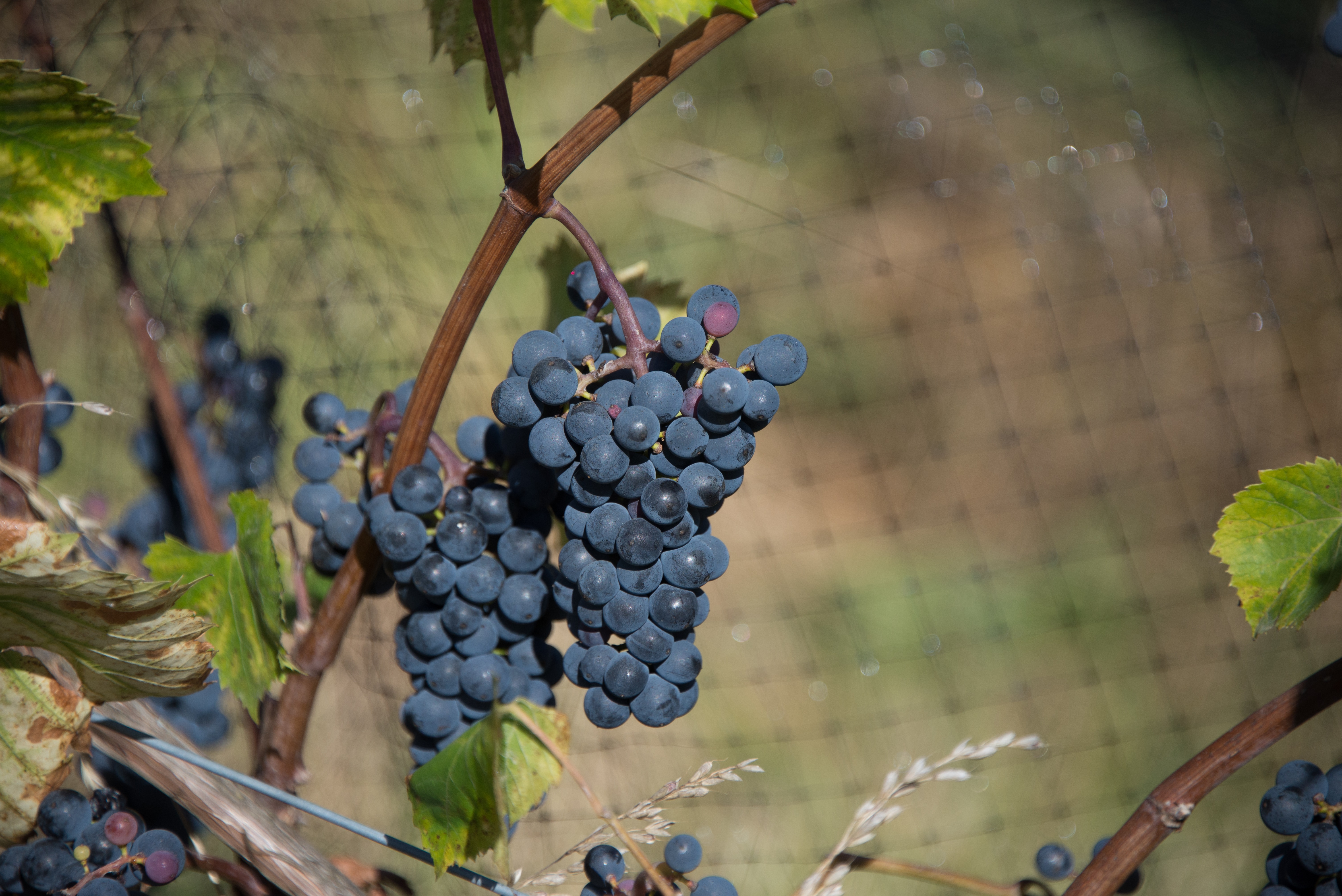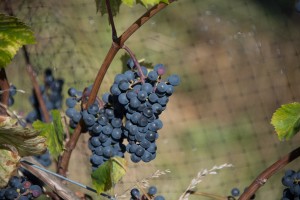Maréchal foch proving an excellent addition to Clark County Wine Country


Olequa Cellars in Battle Ground planted two acres of maréchal foch in 2005 and winemaker Brian Tansy will be releasing his 2014 Maréchal Foch Rosé over Memorial Weekend. Photo courtesy of Olequa Cellars.
The City of Ridgefield has launched a clever and exciting campaign in support of the growing Clark County wine scene. In the roundabouts leading into Ridgefield will be plantings of maréchal foch. Ridgefield Roundabout Red will be produced literally from the fruits of volunteer labor. What a fantastic way to welcome in visitors and residents alike.
So, what is maréchal foch and what can we, as consumers, expect when we open a bottle? Maréchal foch is a French hybrid meaning a French noble grape was crossed with a lesser lineage grape—vitis riparia, for example, originally intended for consumption and/or disease-resistant rootstock. This certainly doesn’t lessen its capabilities in wine-making.
In fact, maréchal foch (pronounced “mar-esh-shall-fosh”) is great news for SW Washington in particular. Its attributes of being a cold-hearty and fungal disease-resistant grape have made it popular in northeastern states like Michigan, New York and Connecticut as well as Canada’s Okanogan Valley and a handful of our neighbors to the south in the Willamette Valley.
Maréchal foch can be found in blends, as a straight red varietal or as a rosé. It derives its deep inky color from the fact that it’s a teinturier grape meaning the pulp is red instead of the typical clear color of the inside of most grape varietals.
As a red, its flavor has been described as an earthy pinot noir which bears more than a vague interest for us on the North Bank since pinot has a history of growing well here dating back to 1971 when Linc and Joan Wolverton planted pinot noir vines on their now-defunct Salishan Vineyards. Depending on the climate, weather, wine-making technique and terroir, maréchal can show less mushroom and forest floor and be more fruit-forward—again, similar to a pinot.
Beaujolais-style is typically the aim when crafting rosé from maréchal foch. The Beaujolais wines of France are generally made with the gamay grape which is noted for a higher acid content much like maréchal. To balance that acidity in gamay, a process referred to as carbonic maceration is employed which, according to Olequa Cellars’ winemaker Brian Tansy, is a less effective technique for the thicker skin of maréchal. Serving a maréchal foch rosé chilled balances the acidity while allowing the ripe berry and floral nose of this light, fruity wine—that finishes with a slight spice—to shine. Sounds like the perfect patio-sipping-summer’s-right-around-the-corner wine.
If I’ve piqued your interest and you’re ready to try Clark County’s interpretation of this versatile grape now, you’re in luck. Olequa Cellars in Battle Ground planted two acres of maréchal back in 2005 and Tansy will be releasing his 2014 Maréchal Foch Rosé over Memorial Weekend. With the warm 2014 season bringing ideal grape-growing conditions all over the Northwest, it promises to be a beautiful expression of his efforts.
**If you like what you’re reading, follow Corks & Forks by clicking the ‘Follow’ button or follow Corks & Forks on Facebook.
